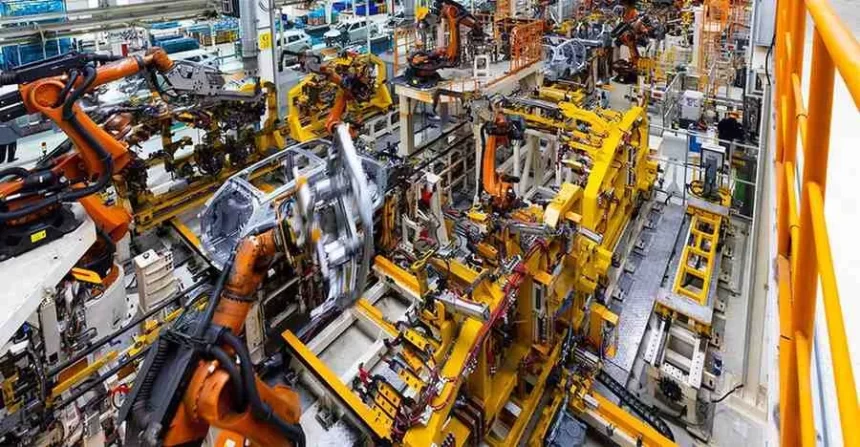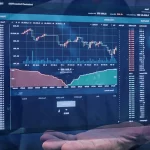American businesses have relied on outsourced manufacturing in other countries for years. Now, after a series of supply chain disruptions and changing economic conditions, it could be time for a U.S. manufacturing renaissance.
The Need for More U.S. Manufacturing
The U.S. manufacturing industry is already significant — it accounts for 16.3% of the global industry, second only to China. However, much of the output from this production goes to other nations and in many cases, the U.S. consumes more than it produces domestically. Even within manufacturing itself, 12.4% of the nation’s output value is of foreign origin.
Outsourcing has its benefits. The primary reason it has become so prominent is because it can unlock dramatic cost reductions. Other nations — particularly China and emerging economies in southeast Asia — have much lower labor costs than the U.S. Energy and resources may also be cheaper in these areas, further lowering operational expenses.
Despite those benefits, the U.S.’s reliance on foreign manufacturing poses several issues. Most prominently, it makes supply chains vulnerable to disruption. The chip shortage of the past few years highlights this risk. Over 90% of advanced semiconductors come from just three fabs in Taiwan. Consequently, when this area felt the brunt of COVID-19’s outbreak, it created extensive ripple effects of delays, shortages and rising costs.
Sourcing from far-away nations also increases supply chain emissions and extends lead times, as goods must travel farther before final assembly. By contrast, a U.S. manufacturing renaissance would mean shorter distances, producing fewer emissions and streamlining lead times. It would also limit disruptions from geopolitical tensions or country-specific challenges, ensuring continuity in the long term.
How Manufacturers Can Reshore to the U.S.
Reshoring to the U.S. will minimize disruption, streamline production and strengthen the domestic economy, but that is often easier said than done. Manufacturers must take care in several areas to make the switch as effectively as possible.
Managing costs is one of the biggest challenges, as U.S. manufacturing is inherently more expensive — at least upfront — than outsourcing. Scalable automation is a key part of the solution. Next-generation automated systems can work two to four times faster than what is possible without them and reduce tooling requirements by up to 75%. The resulting savings and higher output will help offset the upfront prices of reshoring.
Technological initiatives like using digital supply chain management tools and optimizing workflows through AI and digital twins will also help. These innovations require more funds upfront but enable significant long-term savings, making domestic manufacturing more cost-effective over time.
The U.S. manufacturing renaissance must also be a slow shift, not a sudden disruption. Brands must perform plenty of research to find ideal domestic suppliers and reshore one process at a time to spread out costs. A slower approach will also help bring international contracts to an easier close and avoid costly contract buy-outs.
Businesses should also ensure their reshoring efforts provide the stability offshoring needs. More specifically, that means opting for multiple smaller sources instead of relying on a few centralized ones to minimize disruption. There are more than 600,000 manufacturing businesses in the U.S. to partner with, and smaller facilities are more flexible. Taking advantage of them is key to a successful reshoring movement.
It Is Time for a U.S. Manufacturing Renaissance
As more companies reshore to the U.S., the nation’s manufacturing sector will become increasingly competitive. The increased domestic cash flow can spur innovation to make local facilities more productive and cost-effective. These shifts and added reliability will make the U.S. manufacturing renaissance a better business decision in the long run.
Any movement this big will be disruptive and expensive at first. Still, organizations can weather that storm and emerge stronger than ever if they focus on long-term value, shift their supply chain ideology, and embrace tech-centric business models.









